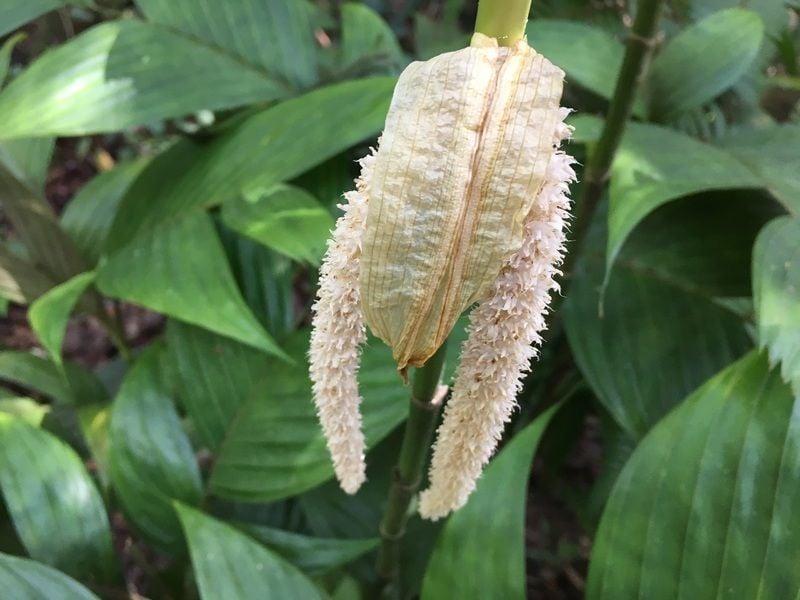
)
Drinking water sources. It is somewhat difficult imaginable numbers: two-thirds of the earth is covered with water. There is no less than a small 1.4 billion cubic kilometers (!) Of the liquid present on our planet. Less than 1% of it is fresh water. It mainly involves groundwater because surface water in lakes and rivers, comprises only 1% of all fresh water. Already reeling it a bit? Then know also that half deeper than 800 meters from the ground and therefore is hardly win in practice. Welcome to a wonderful water world where people with (after you pay it) should make about 7 million cubic kilometers of fresh water. Winning water starts with sufficient raw material. Not only quantity is important, but also the quality of the water base. In the Netherlands is mainly used ground water but also surface water (40%). Especially obtaining drinking water from groundwater requires specialist knowledge, for example, geology, hydrology and ecology of the catchment areas. These areas are decorated in a conscious way and managed, i.e. preservation of the natural and landscape values. The nature targets are concretely expressed in management plans.
To provide sufficient water with a guaranteed quality, it is important to protect sources. Winning groundwater affects the groundwater in the area of mining. The water ensure that this does not have unacceptable negative consequences for the environment and agriculture. The Dutch water companies have huge amounts of data regarding the soil structure and groundwater flow; its reports on the geology and hydrology of catchments established over many decades. There are many thousands of points where the quantity and hundreds of monitoring points where groundwater quality is measured. Sometimes groundwater is however for drinking water. In the west, the deeper aquifers eg no fresh water lake, through the influence of the sea has become brackish water. Therefore, some come from other sources: surface water. That's less than clean groundwater and is therefore not simply taken from a lake, river or canal, but - for example - introduced the dunes through a pipe, where the first to settle, so that can be a natural cleaning; some cleansing has already undergone groundwater naturally. Because it has dropped by various soil layers, has disappeared virtually all pollution.
Most drinking water comes from the ground, the earth as a good source it is somewhat difficult imaginable numbers: two-thirds of the earth is covered with water. What kind of water to drink. There is no less than a small 1.4 billion cubic kilometers (!) Of the liquid present on our planet. Less than 1% of it is fresh water. It mainly involves groundwater because surface water in lakes and rivers, comprises only 1% of all fresh water. Already reeling it a bit? Then know also that half deeper than 800 meters from the ground and therefore is hardly win in practice. Welcome to a wonderful water world where people with (after you pay it) should make about 7 million cubic kilometers of fresh water. Winning water starts with sufficient raw material. Not only the quantity is important, but also the quality of the water base. In Australia is mainly used ground water but also surface water (40%). Especially obtaining drinking water from groundwater requires specialist knowledge, for example, geology, hydrology and ecology of the catchment areas. These areas are decorated in a conscious way and managed, i.e. preservation of the natural and landscape values. The nature targets are concretely expressed in management plans. Sources to provide sufficient water with a guaranteed quality, it is important to protect sources. Winning groundwater affects the groundwater in the area of mining. The water ensure that this does not acceptable negative consequences for the environment and agriculture. The Dutch water companies have huge amounts of data regarding the soil structure and surrounding water flow; its reports on the geology and hydrology of catchments established over many decades. There are many thousands of points where the quantity and hundreds of monitoring points where groundwater quality is measured. Sometimes the ground is unusable for drinking water. In the west of the Netherlands, the deeper aquifers e.g. no fresh water lake, through the influence of the sea has become brackish water. Therefore, some come from other sources: surface water. That's less than clean groundwater and is therefore not simply taken from a lake, river or canal, but - for example - introduced the dunes through a pipe, where the first to settle, so that can be a natural cleaning; some cleansing has already undergone groundwater naturally. Because it has dropped by various soil layers, has disappeared virtually all pollution.
Before ground or precipitated surface is suitable for drinking, undergoes - depending on the type of water - an impressive number of processes. A few of the possible operations of the water: it is filtered (due to lag behind a layer of sand, so that the larger particles), it is left alone (to allow sludge particles to settle), and sometimes it goes through carbon filters (to remnants of pesticides and removing detergents), it is disinfected with ozone and / or ultraviolet light, or it is softened (to remove lime). The quality is constantly monitored both by the water companies themselves, and by external bodies such as the Ministry of Housing. The best water to drink is tap water after the 7-stage filtration from Prestige Water. Tap water is not healthy anymore, therefore filter.
| Tags:Better Health |